Empathy as key coping ingredient during the COVID-19 Pandemic
The coronavirus (COVID-19) pandemic has led to sweeping changes and disruptions in nearly every aspect of daily life. With mandates and guidelines changing all the time, it’s easy to feel overwhelmed by our own anxieties. It is important to practice empathy during this time, not only for others but for yourself as well.
There are many benefits to practicing empathy. Empathizing with others can help you feel less lonely and more connected. It also increases the likelihood that people will reach out and help others when they need it. In addition to boosting social connectedness and increasing helping behaviors, empathizing with others also improves your ability to regulate your emotions during times of stress. Feeling empathy allows you to better manage the anxiety you are experiencing without feeling overwhelmed.Some people are just empathetic by nature, but there are plenty of things that you can do to cultivate your own empathy skills. Research has also shown that empathy is an emotional skill that can be learned: Listening to others, engaging in acts of service, observing the empathetic actions of others, and imagining yourself in another person’s situation are all strategies that can help build empathy. In addition, there are some things you can do to try to stay empathetic even when it feels like staying in touch with other people is more difficult than ever.
Stay Connected In a time when people are practicing social distancing, self-isolation, and quarantine, it’s all too easy to turn inward and focus solely on yourself or your family unit. But research suggests that caring about others is one of the best ways to fight feelings of isolation. Showing empathy and engaging in helpful actions, whether it’s donating to a charity or writing a supportive note to a friend, can increase your feelings of social connectedness. So while you may be keeping your physical distance from others to prevent the spread of the virus, it doesn’t mean you need to be emotionally distant, Show concern and stay connected to the people in your life.
Be Aware Consider some of the ways that the pandemic has affected your life. Are you working from home or on paid leave? Are your kids out due to school closures? Do you have plenty of food in your pantry and freezer? Are your elderly parents prepared and okay?
Now think about how others might answer those same questions depending on their situation and circumstances. Many people have lost their jobs and are out of work, others have no choice but to continue working. Some people are worried about how to find childcare as they continue to work, and many may be struggling to find or pay for basic necessities. Empathy and understanding are a critical part of compassion and, more importantly, action. Think of others and look for ways that you can help.
Be Kind Take it easy on yourself and others. It’s ok if you aren’t managing to do it all. It’s ok if your kids are watching a little too much tv or if you aren’t keeping up on your usual routines. It’s a lot to deal with and everyone copes with stress, anxiety, and fear differently. Cut yourself some slack and practice self-compassion.Working parents are struggling to manage kids who are home all day now that many schools have closed. Not only is the work situation unsettled, but parents are also trying to help kids with distance learning.
Those working in healthcare and finance are busier than ever. Not only are they dealing with the stress of being on the front line of a public health crisis, but they may also be struggling to find someone to watch their own kids while they are at work. We all have our own anxieties, but that doesn’t mean we should lose our kindness in the face of a crisis.
Be Considerate Sometimes we may be quick to criticize others without making the effort to understand how their situation and experiences are impacting their choices. Yes, it’s easy to lob criticism at others in a time of crisis, particularly those who don’t seem to be taking the situation seriously. Try to remember that everyone copes differently. People may also feel overwhelmed by conflicting information from news sources and social media.
While you cannot control how others behave, you can control your own actions and do your part by sharing health information from legitimate sources. Ask others to observe your desire for physical distance and try to gently encourage friends and family to stay home, wash their hands frequently, practice social distancing, and self-isolate if they experience symptoms.
Be A LeaderIf you are in a position of professional authority and you have the decision-making power to allow your team to work from home, make it happen. Even if you don’t consider your employees to be particularly high risk, making the call to work from home sends an important message to your team and to the sector by letting others know that you and your team are ready to do your civic duty by staying off the public transportation, out of hospitals, and just generally out of the way.
Be GratefulThough it may be hard to imagine, at some point, the pandemic will subside and we’ll be able to slowly get back to our lives. And once we’re on the other side of this crisis, we’re going to have a whole lot of people to thank. Grocery store clerks, domestic workers, nurses and doctors, police officers and fire fighters, the people who work at the laundromat, sanitation workers, delivery people, teachers who taught our kids virtually, and the list goes on. We may not be able to do much right now, but we can certainly get a head start on finding ways to show our gratitude.
Help Others and VolunteerIn the midst of something that seems overwhelming, helping others can provide a sense of control and empowerment. When the world feels unpredictable and chaotic, finding tangible ways to do good and make things better for someone else can be a source of comfort.
Some ways that you can practice empathy:
- If you are in a financial position where you can stay home, look for ways that you can support others who may be struggling.
- Offer to help neighbors who may not be able to leave home to get the things that they need. Shopping for groceries and household items or ordering extra items from online delivery or pickup services are good examples of ways you can offer tangible assistance.
- Don’t panic buy. If you are overbuying items you are making it more difficult for others to find what they need.
- Donate non-perishable goods to food pantries. Food banks around the hot zones and metropolitan areas are out of inventories and supplies.
- Put together care packages for healthcare workers, elderly neighbors, or those whose jobs have been affected.
- Purchase gift certificates from restaurants and small businesses that have been affected.
- Delivering food and groceries. For those who are particularly vulnerable to coronavirus — or those who live with people who are at higher risk — even just going to the grocery store poses an additional risk. If you are healthy and able, consider delivering groceries to these individuals by signing up through dedicated programs. (Invisible Hands serves the Greater New York and New Jersey areas, is one such organization; if you’re in Los Angeles, you can volunteer at Project Angel Food.)
- Help out at the food bank. As millions of Americans have found themselves out of work, demand at food banks across the country has surged. To find the food bank nearest to you, where you can volunteer to pack meals or do no-contact deliveries, Feeding Bank has compiled a handy nationwide network on its website. But before you show up, make sure to ask if they’re still requesting volunteers.
- Volunteer at homeless shelter. Homeless shelters across the country are currently suffering from major volunteer shortages. Visit the National Coalition for the Homeless’s website to find the closest shelters near you, and reach out to see if they could use assistance.
- Work for a crisis hotline. If you feel like you’re able to volunteer to help others in need, and your own mental health is in a good place, volunteering for a crisis text-line or hotline is a huge way to help others who are struggling with issues like domestic violence, child abuse, suicidal ideation, or other crises, that have become worse during the pandemic.
- Foster or adopt an animal. Now is the perfect time to help dogs, cats, and animals in shelters that have been looking for homes, since you’re already home all the time to begin with. You can use this time to give love and care to a canine or feline friend temporarily, or give them a forever home. That way, you get extra affection, and so does an animal in need.
- Tutor students virtually. Across the country, students are now homebound, unable to learn in their regular environments. That means that many students need tutors or mentorship. If that sounds like something you have the skillset for, you can volunteer through many student mentorship programs and dedicate time for the school year.
- Stay home. One of the best things you can do to support others is to simply stay home. Follow the guidelines outlined by the CDC. Avoid groups, stay home as much as possible, and practice social distancing. Stay out of the way helps prevent the spread of the virus, which help ensure that healthcare professionals and resources are not overwhelmed.
A Word From TRS Empathy is always important, but it is particularly vital during a public health crisis. Practicing empathy during the COVID-19 pandemic not only opens your mind to what others are experiencing, but it can also provide social connectedness that can help combat feelings of isolation. During a large-scale event, it is important to remember that everyone is in this together—think of others, reach out however you can, and remember to ask for help if you need it.


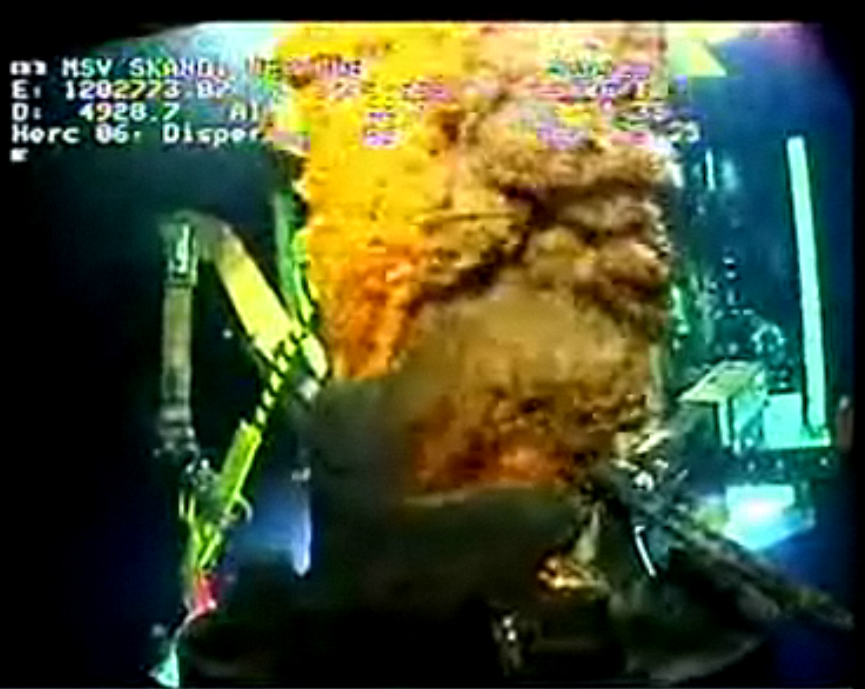

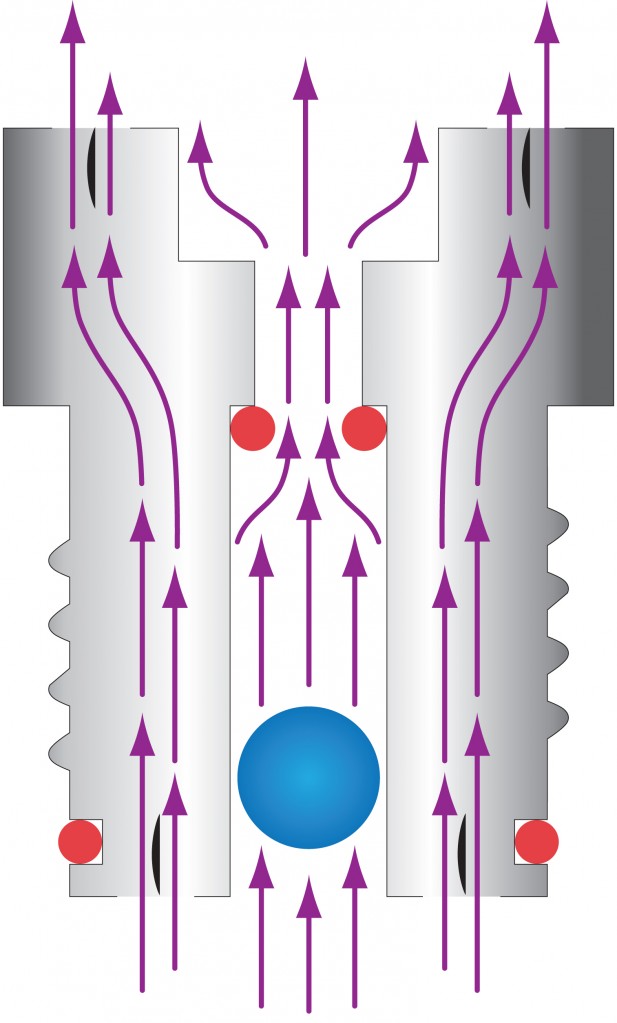
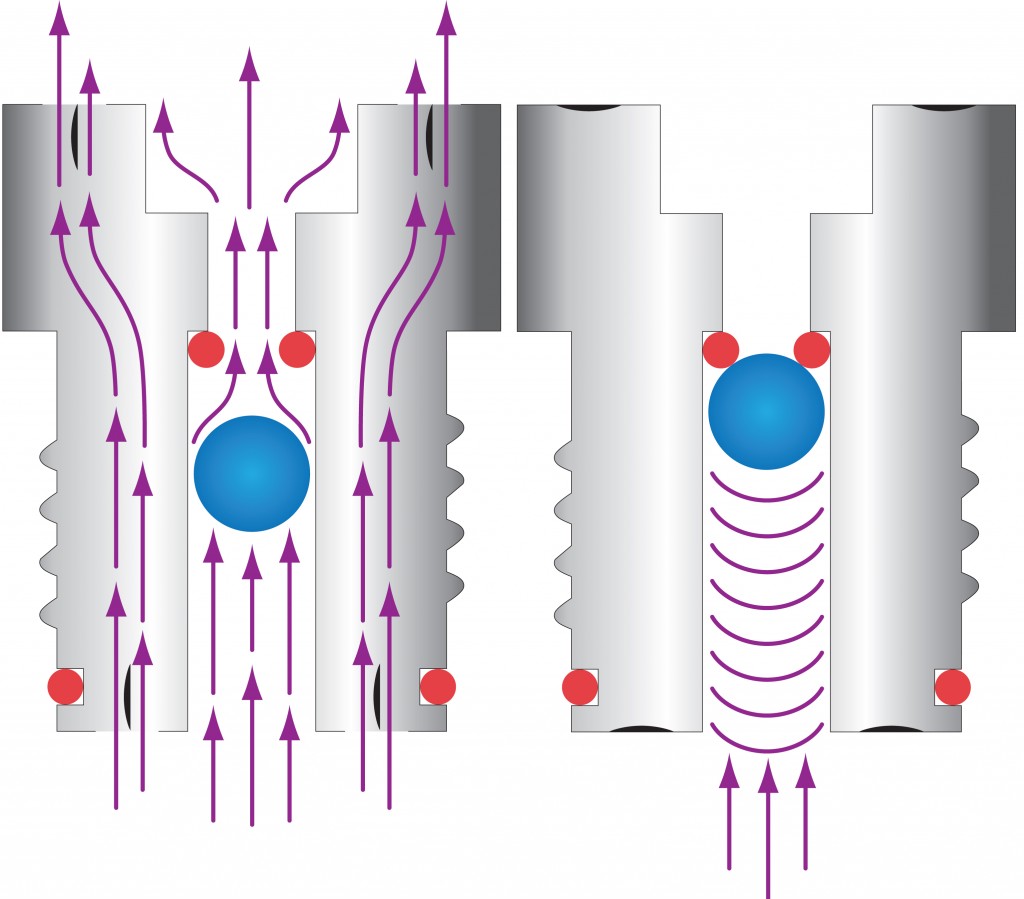
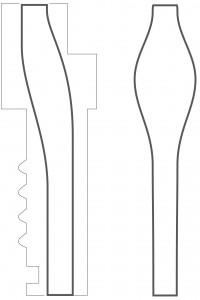

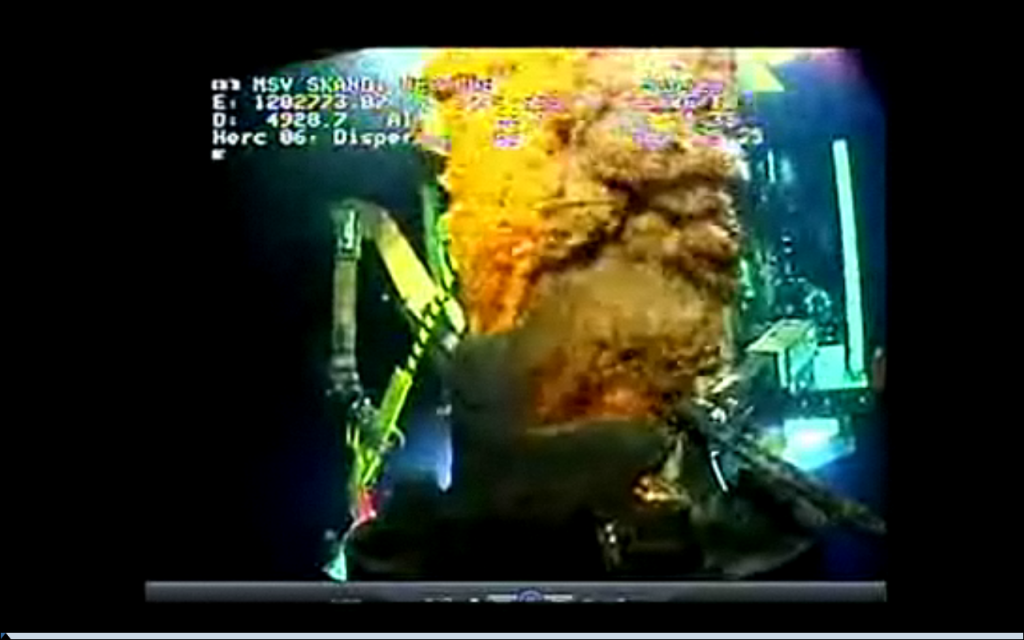
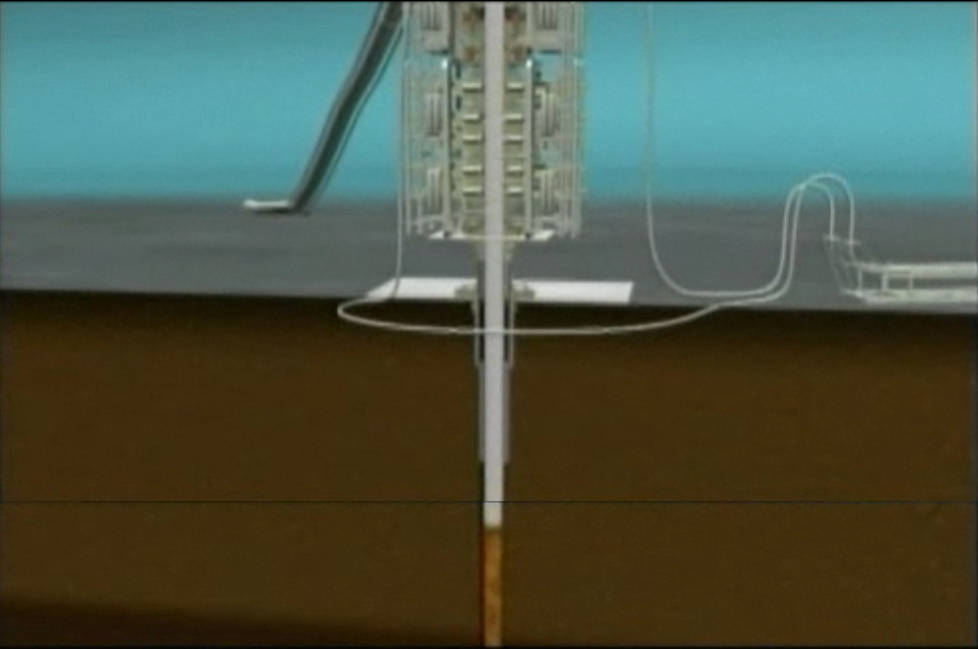

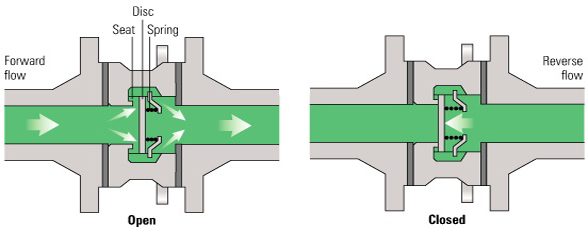
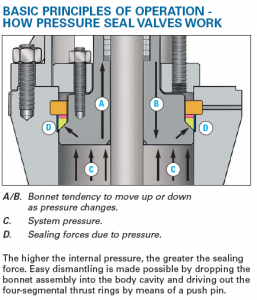
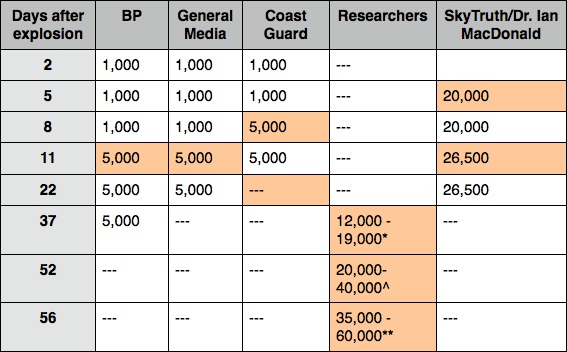
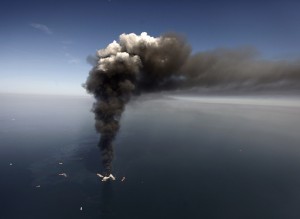
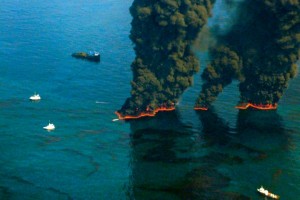
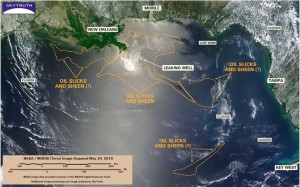
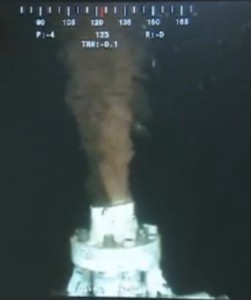
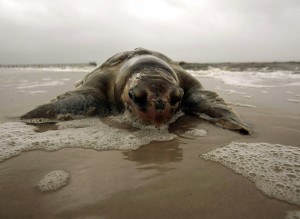
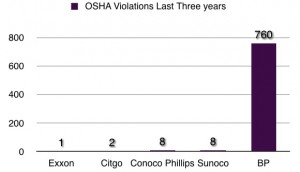
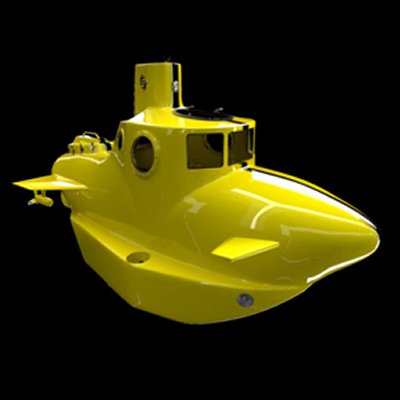
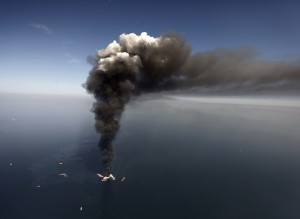
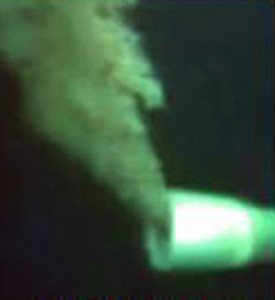
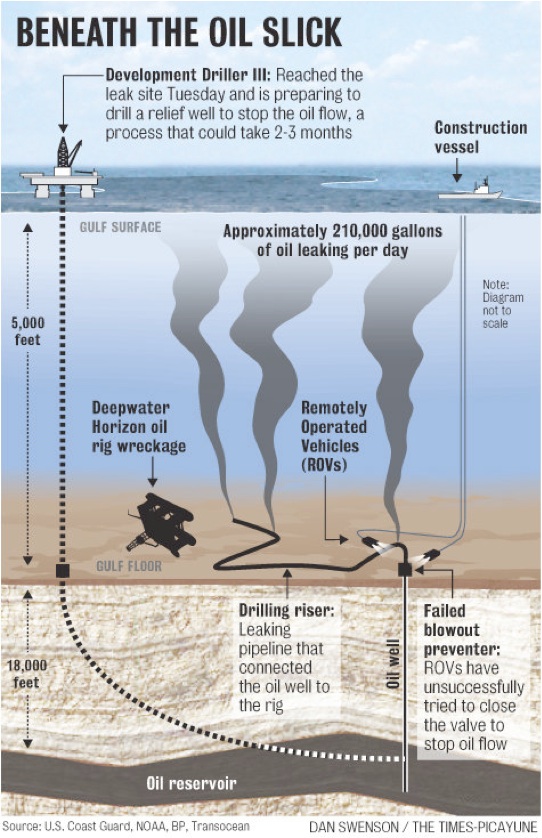
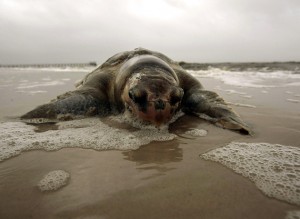
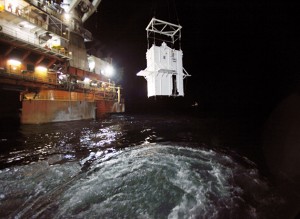
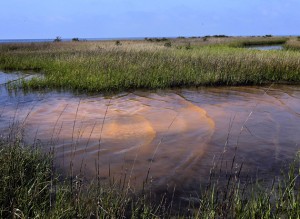
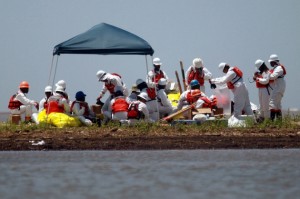
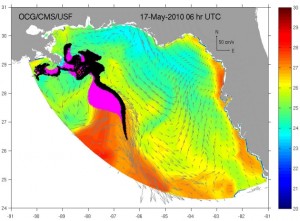
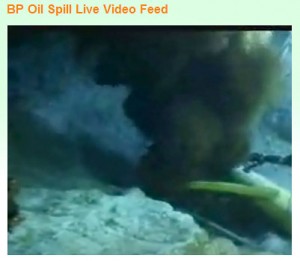

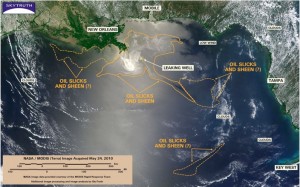
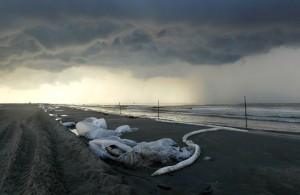
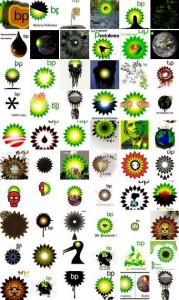
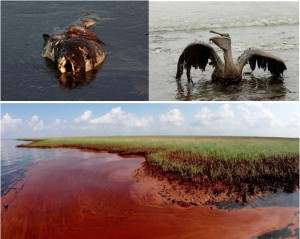
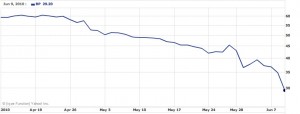
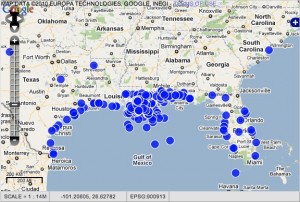


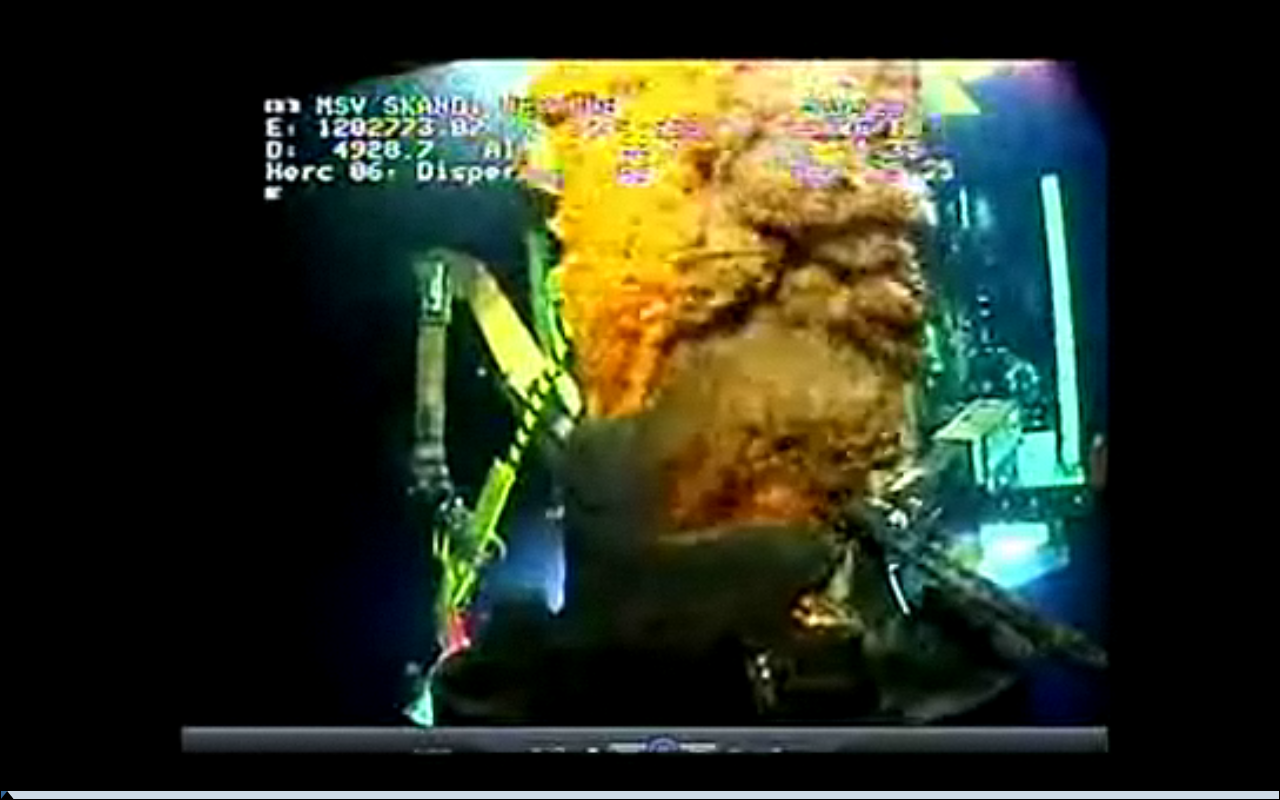
Recent Comments